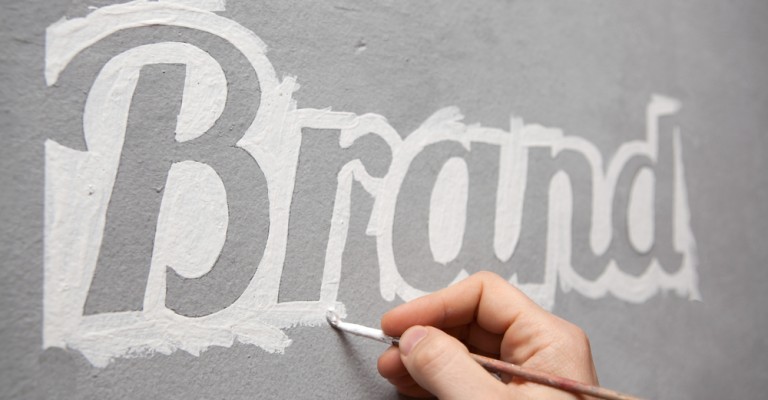A good brand solution needs to have a concept and a style and to be original – and these will all come together in your brand identity design. So what are these visual elements? The most obvious is the logo, but this generally won’t be sufficient to totally convey the brand’s attributes in their totality. This is where the visual vocabulary comes in – as a way to support and boost the messaging captured within your brand’s logo.
What Does It Comprise?
A visual vocabulary comprises the various secondary elements of design which are used alongside your logo in order to create the overall identity. It includes the colour palette, font styles, backgrounds, photographic styling, layout and template conventions, additional graphic devices or shapes, paper stock and text treatments for headings, CTAs and so forth. All of these elements need to be used consistently across all marketing activity, so that the brand can be presented in a consistent high-quality way which resonates with your target audience and helps to position your brand and offer in their mind.
By using this visual vocabulary in a coherent, consistent way, a graphic language is created which allows the viewer to experience the branded materials in a more meaningful way, helping to provide greater visual appeal and telling your brand’s own personal story. Essentially, they provide another form of communication to prospects, but without resorting to words.
The Advantages
This approach offers real benefits in terms of speed. It is far easier for a reader to get to grips with graphic devices than words alone. Even in passing, a viewer can rapidly absorb the symbols, colours, fonts and shapes used in materials and understand the meaning of them in a way that simply isn’t possible with a single glance at text. This is vital in today’s busy world, where marketers only have a couple of seconds to catch attention. By creating commercials, digital graphics, billboards or animations, that attention can be more effectively be caught and sustained.
There is also the emotional element to consider too – most viewers have a deeper and more meaningful emotional connection to graphical components than they will with text, meaning that they can more easily feel a bond with your brand. Photography and colour are two of the most crucial elements of your visuals to use here to forge that bond.
Practical Considerations
The best way to embed your visual vocabulary is to ensure that it is created by a professional graphic designer who can create all of the necessary assets in formats that can be used across print and digital, along with a brand guideline document and style sheets as necessary for any templates. This means that future materials have a clear route of guidance for creation and won’t go ‘off brand’, thereby diluting the strong brand credentials that you are seeking to create. It is also well worth tasking the marketing team to act as brand custodians and have full sign-off on materials that are being produced for external circulation.


